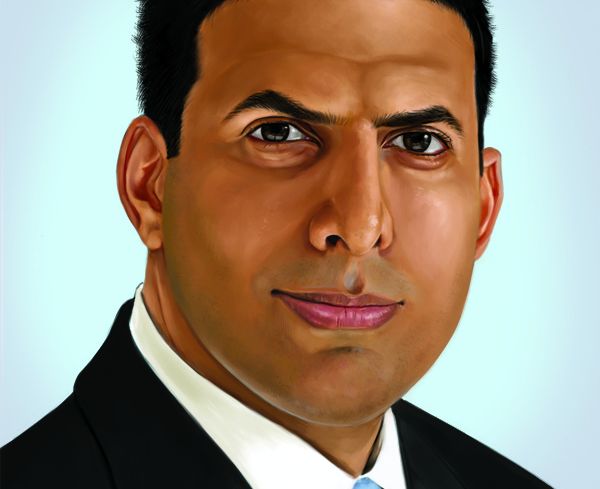Retail Financing Recovers: Are Stronger Fundamentals in Tow?
By Sam Chandan May 21, 2013 6:00 am
reprints
The CMBS market is on the rebound, and for retail property investors that means a substantial improvement in access to financing.
As of early May, nearly 40 percent of this year’s conduit loans were backed by retail properties, ranging in size from less than $1 million to $600 million at the extreme. Terms on those loans are not especially conservative, which is a cause for concern. More than half the balance is interest-only or partial interest-only, with little amortization (if any) to offset higher interest rates at maturity. With borrowers consistently locking in below 4 percent, current measures of debt service and cap rate spreads look healthy. The bulk of the risk is back-ended to refinancing.
With the capital markets increasingly enamored, too many lenders assume stronger retail fundamentals must be in tow. Like everything else this recovery, it’s true for some properties but not for others. That wouldn’t be a problem, except that loan structures are not always showing the same discernment as prospective tenants. Regional and super-regional malls held by institutional investors set the bar for occupancy rates. Among the weak performers, power centers with an unlucky mix of tenants join inauspiciously-located neighborhood and community shopping centers.
As drivers of better retail outcomes, consumers may be in their best position in years. That’s a substantial claim in the wake of the sequester, reinstatement of the payroll tax, and a recalcitrant labor market. On the other side of the equation, consumer sentiment is at a six-year high. Lifting spirits, rising home prices and retirement stock portfolios are restoring lost equity and exerting a moderate wealth effect. At least for the time being, households’ looser purse strings are substituting for robust salary and wage growth.
A move away from precautionary savings is a mixed blessing but one that has sustained consumption. Real disposable personal income picked up in late 2010. Since then, it has veered closer to a year-over-year gain between 1 and 2 percent. Disposable income may not be rising at a reasonable pace, but the parallel measure of durable goods spending is running substantially higher. Near the top of the shopping list, Americans are buying cars in numbers that have exceeded expectations.
Not all consumption is retail spending. In fact, year-over-year gains in retail sales have been slowing, from a mid-2011 peak near 10 percent to little more than 3 percent in the latest readings. The numbers are disappointing, even though falling gas prices account for some of the results. Removing autos and Internet sales from the equation, real bricks and mortar expenditures are up less than 2 percent from a year earlier. If housing is able to trigger a sustained virtuous cycle, that number will rise.
Even as the cyclical outlook brightens, retail’s structural challenges persist. Wading through the complex web of consumer behaviors, the balance of power between stores and websites remains the sector’s biggest question. The latter’s subsidy and its accompanying distortions are the subject of the Marketplace Fairness Act. Consistent taxation of commerce is an important correction. Still, it doesn’t tip the scales away from ecommerce in product categories that contend with viable online substitutes. From less than $6 billion in early 2000, online retail sales have increased more than tenfold. In-store sales haven’t come close to doubling over the same period.
A complementary strategy that leverages both channels sounds right on paper, but even Apple is finding it’s not always easy to execute well.



